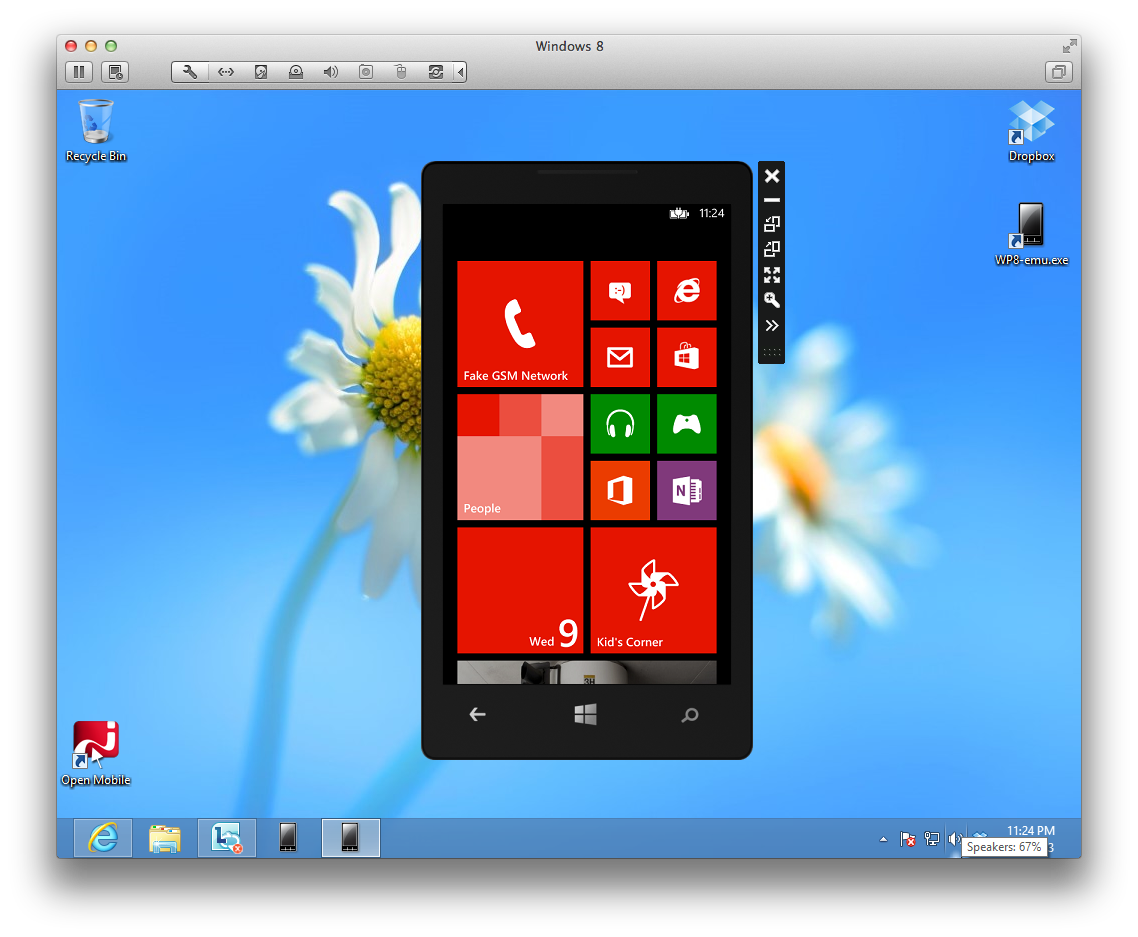

- #Network emulator for mac for free#
- #Network emulator for mac mac os#
- #Network emulator for mac install#
- #Network emulator for mac series#
Figure B shows a screenshot of what it looked like after I finished. To add IOS images, go to Edit | IOS Images and Hypervisors. Figure A offers a screenshot of what it looked like.Īfter creating the network, I did have to add my IOS images because GNS3 didn't provide them. I was able to quickly create a sample network by dragging and dropping router icons and then connecting them with the Connection tool. This brought up a nice GUI interface that was similar to some of the Cisco IOS simulators I've seen. Once installed, I ran GNS3 from the desktop icon the installation process created.
#Network emulator for mac install#
To install WinPCAP, I did have to reboot my PC. Let's walk through installing and using GNS3.įirst, I downloaded the GNS3 Windows all-in-one package and installed it. The GNS3 Windows all-in-one installation package includes Dynamips, WinPCAP, and GNS3.
#Network emulator for mac mac os#
Linked to Dynamips and Dynagen, GNS3 is available precompiled for Windows, and the source is available if you want to run it on Linux or Mac OS X. What is the Graphical Network Simulator?Ī new open source project that helps improve on Dynamips is the Graphical Network Simulator (GNS). However, a package called GNS3 helps make it easier. Now, as much as I like using Dynamips and Dynagen together, their configuration can be challenging for new users to understand. It has a large following, supported through Forum for Dynamips & Dynagen. It allows you to automatically provision Dynamips-emulated networks. What is Dynagen?ĭynagen is the text-based front end for the Dynamips Emulator. However, if you already have a router that's one of these models, you can copy that IOS into the Dynamips Emulator for testing and training purposes. It is, of course, illegal to distribute the IOS and only legal to obtain it by purchasing and downloading it from Cisco. One caveat is that you must supply the IOS for any router that you're going to emulate.
#Network emulator for mac series#
The Dynamips Emulator can boot IOS images from 7200, 3600, 3700, and 2600 series routers, even including the latest and greatest 12.4T IOS (something that my old 2600 router can't do because it doesn't have enough RAM). You can create configurations and later deploy them to real routers. You can use the Dynamips Emulator for training purposes and testing configurations. If, however, your emulated hardware doesn't have a VoIP FXS card, then you wouldn't be able to configure one in the Cisco IOS, even if the IOS supported it.

However, because an emulator runs the IOS, you get every feature that the real IOS has (based on the limitations of the emulated hardware, of course).įor example, if your emulated hardware has a Gig Ethernet interface, and the IOS supports a Gig Ethernet interface on that platform, then you can use the Gig Ethernet interface. With a simulator, there are always missing commands and programming errors, and it can never really be as complete as the real IOS. What's the difference? A simulator attempts to re-create the Cisco IOS using a programming language, but an emulator takes the real IOS router code, which you supply, and emulates the hardware behind it so you can run the real IOS on your PC.
#Network emulator for mac for free#
However, while simulators are useful, there's something even better that you can get for free - an emulator. A few months ago, I wrote " Eight ways to strengthen your Cisco networking skills," and the second suggestion I listed for improving your abilities was to use a simulator.


 0 kommentar(er)
0 kommentar(er)
